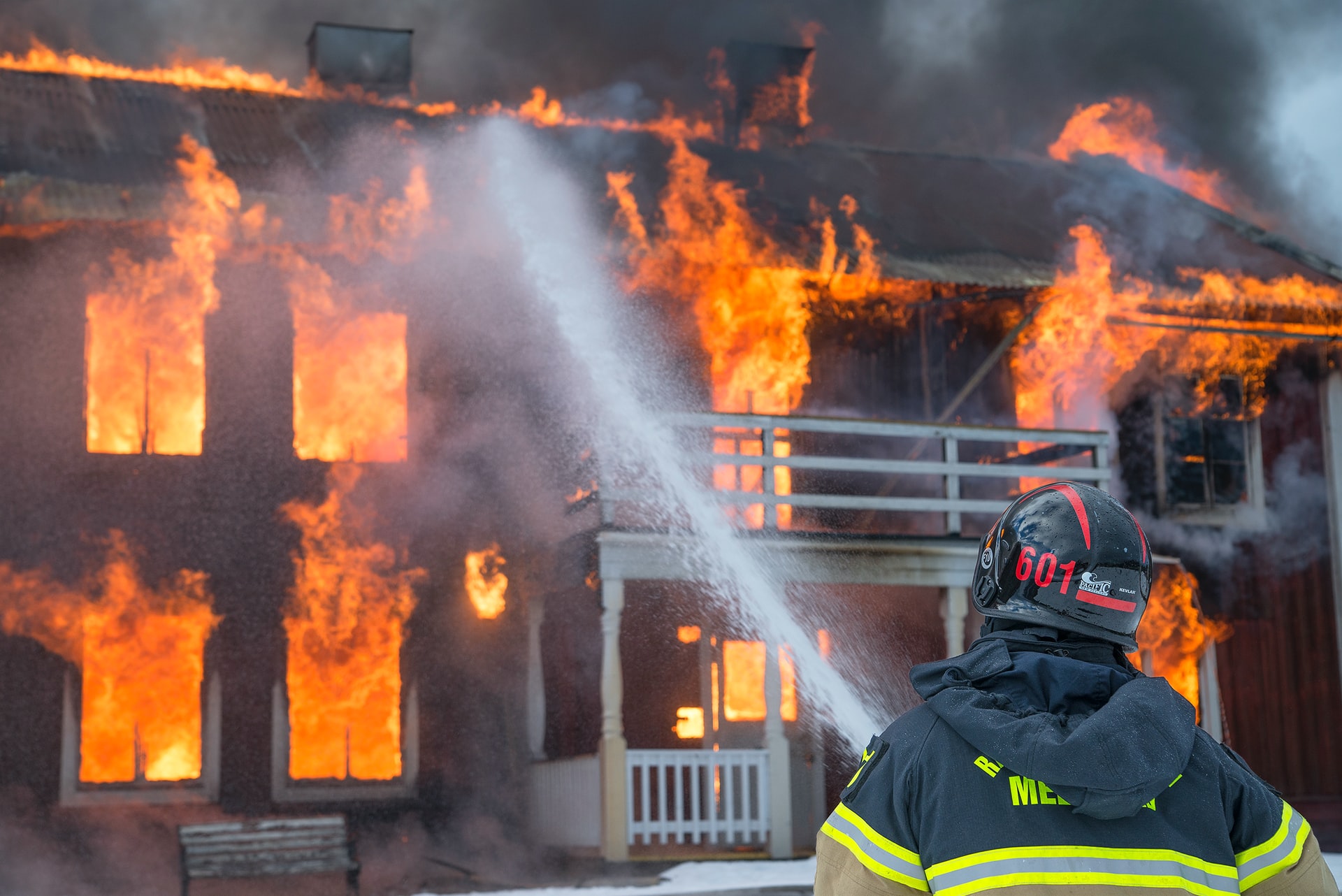Warehouse Fire Safety for Pallet Racking

Fire is a catastrophe. No business owner wants to experience complete devastation of their warehouse and possible the safety of their workers. It may also be financially debilitating as a consequence of crisis management, rebuilding, and repairs. Hence, it’s important for every warehouse owner to implement strict fire safety regulations to protect product stored on pallet racking.
However, some businesses in Brisbane think warehouse fire safety is just a mere compliance to OSHA regulations and fire codes. This may be a good foundation but there is more to warehouse fire safety than complying with those rules. Above all, don’t take the ignorance approach when it comes to safety.
Here are some tips you can follow to go above and beyond your current provisions:

1. Meet the Fire Safety Code Requirements
- Fire suppression systems need to be working. Double check to see if they’ve been maintained correctly. Alternatively, you may have deluge fire sprinklers as they are typically used in warehouses along with a rack fire suppression system.
- Ensure sprinkler heads are at the right distance. Comply with an absolute minimum of 30 cm distance between your sprinkler heads and your pallets. Why? Because a tighter clearance can obstruct water flow resulting in poor warehouse protection.
- Ensure space between pallets. It is advised to maintain 100mm of transverse space on ALL sides of each pallet. Moreover, 200mm of longitudinal space is needed for back-to-back rows.
- Be mindful of your flue space. This is the space that can be measured between the loads not between the pallets. Thus, if your load extends 100mm off the side of the pallet, start measuring the flue space from there. When your flue space is within the requirements of the fire safety code then you won’t need an in-rack fire sprinkler system. If you are using solid decking/ shelves, using storage configurations that don’t maintain flue space, storing hazardous materials, a storage height of 12 metres , then, you are highly likely required to have as in-rack fire sprinkler system.
- Take note of the length of your dead end aisles as they should not exceed 16 metres in length. For bulk stacked floor storage, always maintain an aisle space at least every 30 metres.
- Manual restocking requires a minimum aisle width of no less than 600mm. Mechanical restocking requires a minimum aisle width of no less than 1200mm.
- Implement a smoking ban inside and outside of your warehouse. Adding No smoking signs with strict implementation.
- Regularly check fire exits, fire safety labels, and fire extinguishers.

2. Going Beyond the Compliance
A warehouse owner shouldn’t be complacent with compliance. Being in compliance is just the start of guaranteeing safety. However, there are a lot more that could affect your warehouse security. Never settle for good when it comes to safety, always choose best. Once you think you’ve followed the rules and regulations for warehouse fire safety, hire a fire protection engineer who can help you design a fire safety and protection plan according to your warehouse needs. Here are few more items you should discuss with the fire safety expert:
- Garbage Plan – Never take clutter and garbage for granted. This is important when it comes to warehouse fire safety because a small garbage bin can start a huge fire. Make sure you have strict cleaning schedule. Moreover, allot storage space for your unused pallets, crates, and other warehouse materials. Keep in mind that you should store unused pallets in no more than 2 metre stacks.
- Training – Discuss a training plan with your warehouse fire safety expert. Warehouse owners should have a firm understanding of fire preparedness, prevention, and survival. Make sure you’ll have and provide trainings such as fire drills, proper use of fire extinguishers, and fire evacuation. Education and training will boost your employees’ knowledge on how to quickly respond properly in case a fire emerges.
- Evacuation planning – Evacuation plan is a must to warehouse fire safety. You and your fire protection engineer can determine the best routes of access to all the exits inside your warehouse. Ensure you do fire drills from time to time so employees will know all the necessary things in case of fire.




